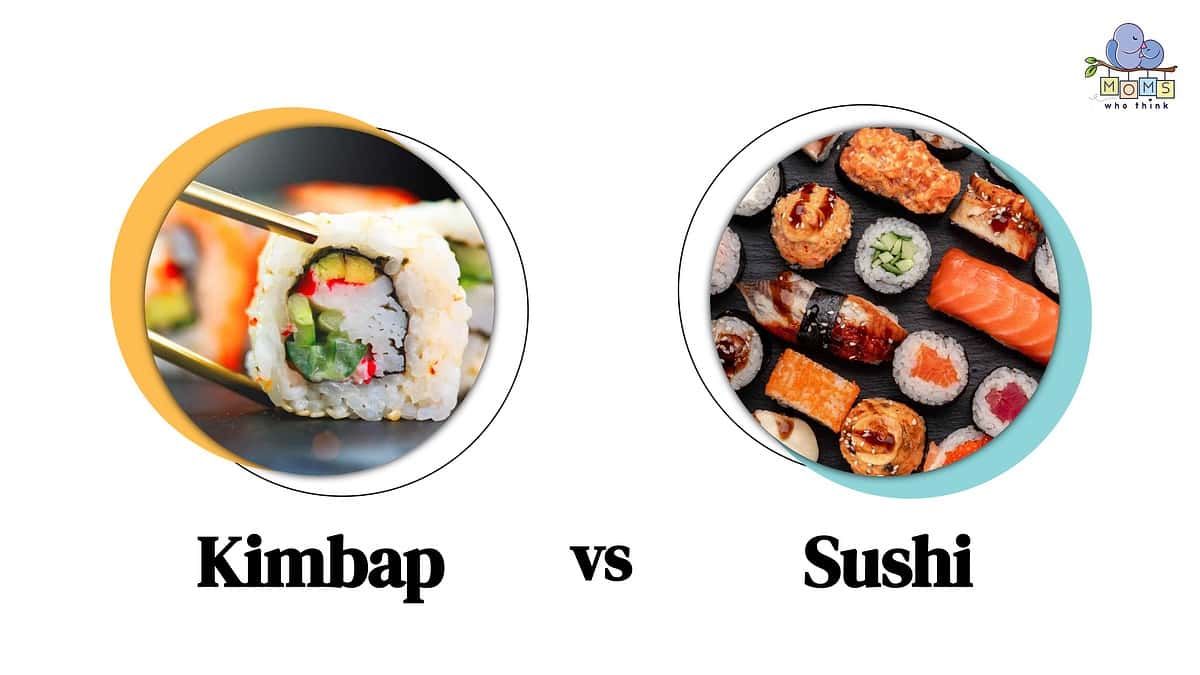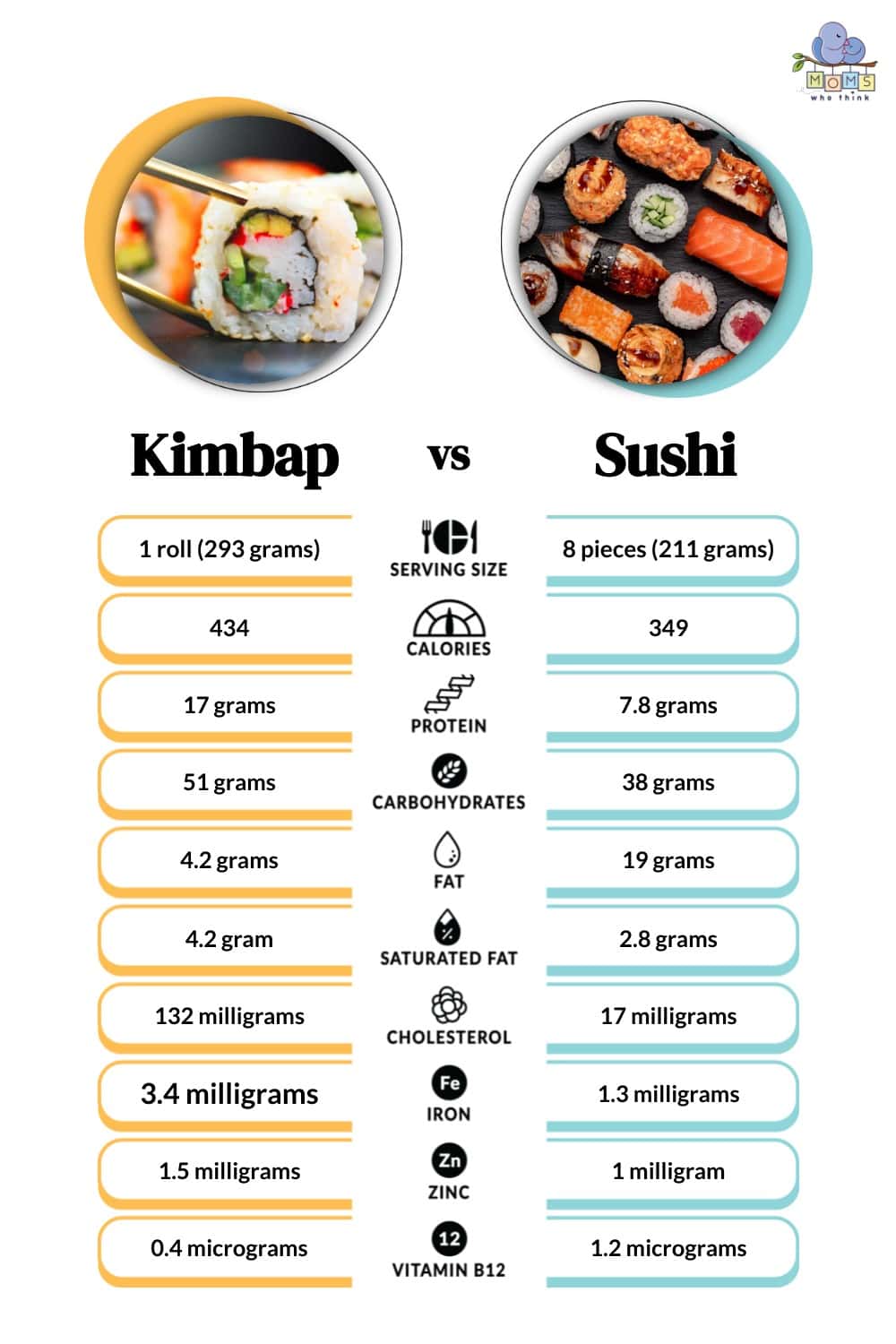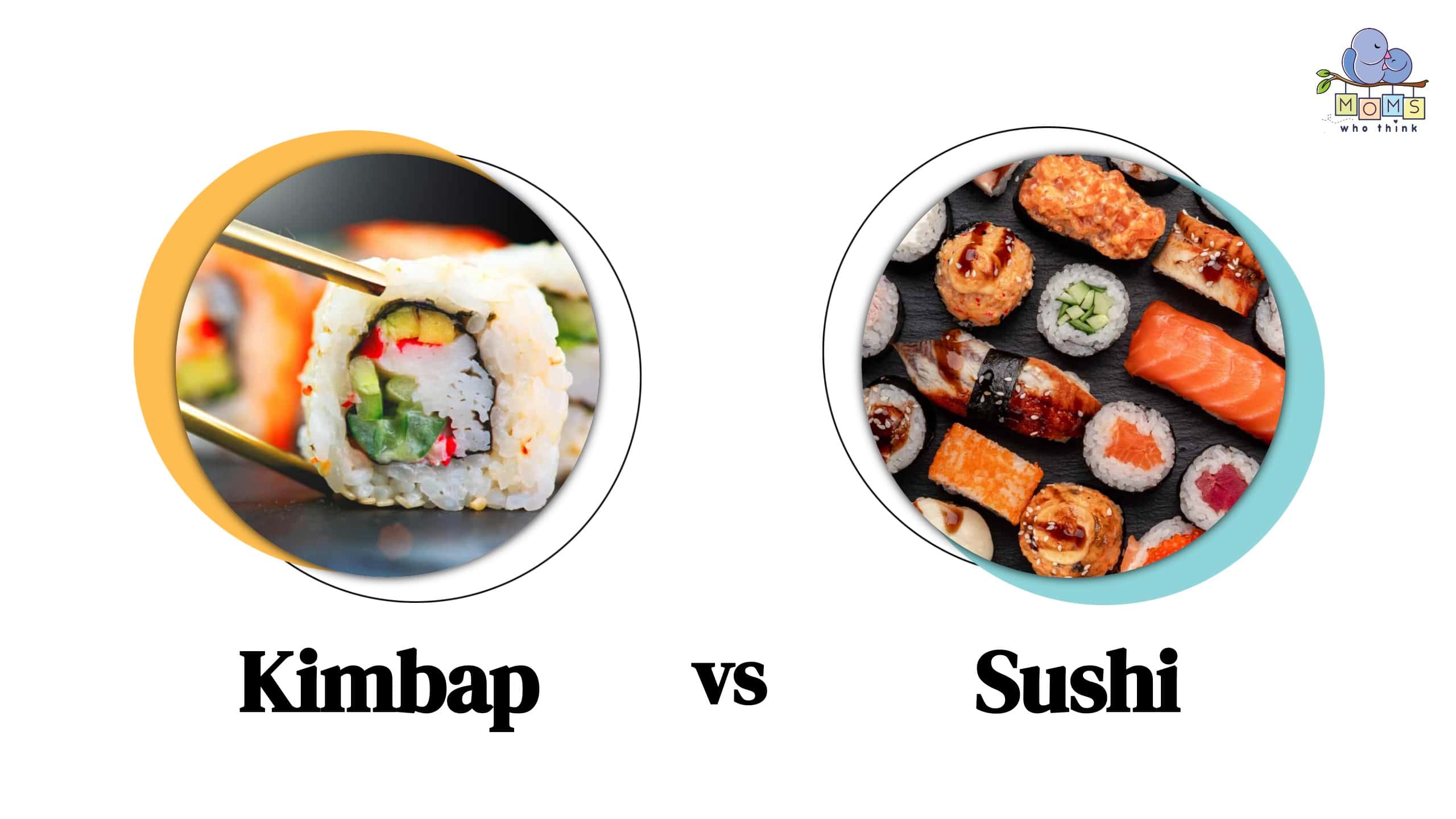Kimbap vs. Sushi: What's the difference? If you like sushi or Asian food, you'll love Kimbap and sushi. You may even think they are the same thing. However, there are differences in variety, how they are made, seasoning, filling, and more.
One of the geographical differences between kimbap and sushi is that kimbap comes from Korea, while sushi originally comes from Japan. Beyond geographical differences, cultural differences exist in how they are eaten and prepared for different traditions.
This guide looks at the differences between kimbap and sushi. You'll have a better idea of which one you like more. You'll also have a better idea of how to make each one at home and which is nutritionally better for you.
- The must-have convenient reference guide for every home cook!
- Includes more than 8,000 substitutions for ingredients, cookware, and techniques.
- Save time and money on by avoiding trips to grab that "missing" ingredient you don't really need.
Kimbap vs. Sushi: The Cultural Histories

Kimbap became part of the Korean vocabulary in 1935. However, kimbap food didn't become a part of Korean cuisine until the 20th century. Some argue that Koreans decided to make their version of the Japanese sushi roll.
The sushi roll, which originated in Japan, came out around the 3rd century BC. The Japanese used the process of making sushi to preserve the food from going bad by putting salt on it. However, sushi is technically invented by Hanaya Yohei, the creator of modern sushi. He created the first sushi restaurant during that time.
However, sushi and kimbap have evolved. They are now some of the tastiest foods. Learning how they are different around taste, texture, and seasoning can give you a better idea of their differences.
Taste and Texture
The difference between kimbap and sushi extends beyond geographical and cultural differences. They are also made differently.
For example, kimbap is made without raw fish. It's made with vegetables and cooked meats like bulgogi or cheese. Other variations of kimbap include ham and eggs. Additionally, no wasabi or soy sauce is found in kimbap, as found in sushi. Another thing that makes kimbap unique is how it's served with pickled kimchi or vegetables. While sushi uses only white rice, kimbap can be made with brown rice, black rice, and quinoa.
There are also three kinds of kimbap:
- The must-have convenient reference guide for every home cook!
- Includes more than 8,000 substitutions for ingredients, cookware, and techniques.
- Save time and money on by avoiding trips to grab that "missing" ingredient you don't really need.
- Traditional kimbaps (rice, seaweed, and whatever fillings).
- Nude kimbap (seaweed on the inside and rice on the outside).
- Samgak kimbap (triangle-shaped kimbap that you can find in grocery stores).
With kimbap, you might also see some added ingredients that give it more flavor, like Korean barbecue sauce or ham and cheese. One of the most popular kinds of kimbap is spam kimbap. This has vegetables, pickled radishes, and spam.
One of the similarities that kimbap has with sushi is that they both use nori sheets to wrap up the ingredients to make a roll. However, when it comes to sushi, the process is a lot different. Sushi typically has seven kinds of variations.
- Nigiri zushi (Nigiri sushi)
- Makizushi (Makisushi)
- Chirashizushi (Chirashi sushi)
- Inarizushi (Inari sushi)
- Sushi rolls
- Oshizushi
There are other variations depending on what you're looking for in your sushi, especially if you want it sweeter or spicy or what type of fish you want included. The main difference between sushi and kimba is that sushi has raw fish, not meat. The most common fish in sushi are tuna, scallops, salmon, and yellowtail.
Differences In Rice and Seasoning
Sushi also uses one kind of main rice. They use short-grain white rice, which is also known as sticky rice. Since sushi is made fresh, it must be eaten right away, while kimbap can be stored away since it's made with meat and other ingredients.
Another important distinction is that sushi has vegetables and rice seasoned with rice vinegar, while kimbap does not. Additionally, a common added ingredient in sushi is soy sauce and wasabi. The soy sauce gives it a salty flavor, and the wasabi makes it a bit spicier.
Either kimbap or sushi are enjoyed by themselves. Or they wanted other foods that can be part of Korean and Japanese foods like rice, chow mein, fried rice, and other foods.

Kimbap vs. Sushi: What's the Better Choice to Eat?
Sushi and kimbap are some of the finest foods in Korean or Japanese food. They are both made uniquely. They are both similar, but the key difference is whether you want to eat raw fish or cooked meat.
Overall, you should consider what flavor you like most between sushi and kimbap. They both have different tastes and different ways of being made. Trying both can give you an idea of which one yo like more. But there's no denying that both are delicious.
- The must-have convenient reference guide for every home cook!
- Includes more than 8,000 substitutions for ingredients, cookware, and techniques.
- Save time and money on by avoiding trips to grab that "missing" ingredient you don't really need.

